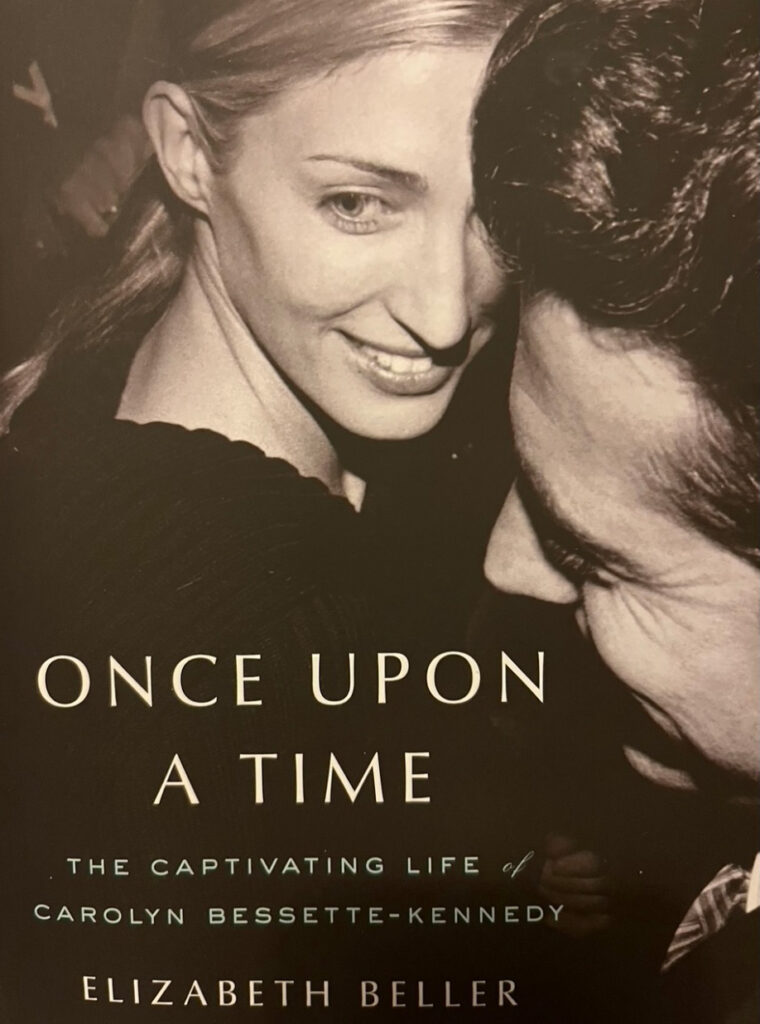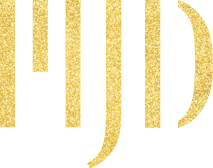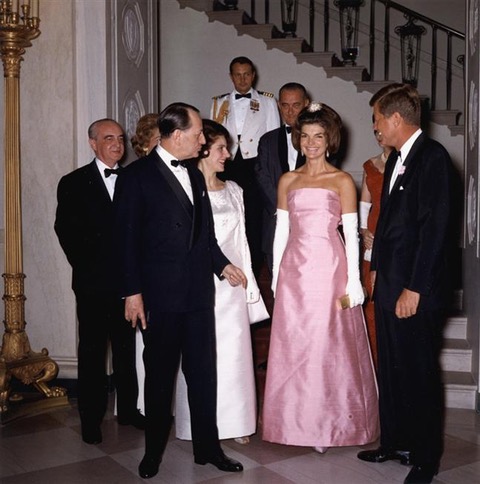
One of today’s most prominent fashion influencers has actually been gone from us 25 years.
Carolyn Bessette-Kennedy, a Calvin Klein publicist; her husband, publisher John F. Kennedy Jr.; and her sister, Morgan Stanley executive Lauren Bessette, were just in their 30s when the plane he was piloting crashed off the coast of Martha’s Vineyard on July 16, 1999.
In the years since they slipped beneath the rolling darkness on that hazy July night, there have been annual remembrances and the occasional memoir, including the poignant “What Remains” (Scribner, 2005) by Carole Radziwill, Bessette-Kennedy’s close friend and the wife of JFK Jr.’s cousin and best friend, Anthony Radziwill.
But nothing compares to the explosion of interest in Bessette-Kennedy this year, with two new books – Elizabeth Beller’s laudatory “Once Upon a Time: The Captivating Life of Carolyn Bessette-Kennedy” (Gallery Books, $29.99, 329 pages) and Sunita Kumar Nair’s elegant, elegiac “CBK: Carolyn Bessette-Kennedy, A Life in Fashion” (Abrams, $65, 255 pages).
Meanwhile, on the internet, Bessette-Kennedy has been reborn as a quiet-luxury icon for the digital age. The classic minimalism of Calvin Klein and of her own style helped – white shirts, black pants, beige corduroys, a variety of LBDs (little black dresses). (Her simple, scoop-necked, sleeveless sheath of a wedding dress by designer-friend Narciso Rodriquez is captured in “CBK” by Denis Reggie’s famed photograph of the groom gallantly kissing the bride’s hand as they left the church but also in two sparkling pastel and white paintings by Mark Tennant.)
The Bessette-Kennedy aesthetic was also part of a minimalist fashion strategy: Buy few pieces but buy expensive. If you can’t have expensive, wear black. Choose other neutral colors as well – gray, navy and white. Favor texture over prints. Save pops of color for coats and Vineyard sarongs. Keep accessories, hair and makeup simple.
It was an approach to fashion that was not without its irony, and perhaps its disingenuousness, for Bessette-Kennedy honed “her uniform,” as Beller writes, so that she wouldn’t stand out in the glare of the detested paparazzi. Far from making her recede, however, it would brand her in the spotlight – then and now.
Bessette-Kennedy’s fashion sensibility would also crystallize the gulf between the way the press and public saw her and the way she apparently was. She was portrayed as an ice princess. But Beller describes the White Plains-born Bessette-Kennedy, who grew up in Greenwich, as a lively girl in an Italian-French Canadian family that had a strong work ethic. She went to Catholic school; liked people, particularly those who were vulnerable in some way; and always seemed to have a job. (One of the jokes was that while JFK Jr. and Anthony Radziwill were paling around on Aristotle Onassis’ Scorpios as teens, their future wives were working in Caldor’s discount department store – something JFK Jr. always marveled at.)
After St. Mary’s High School in Greenwich, Bessette-Kennedy studied education at Boston University but wound up working as a saleswoman at a Calvin Klein boutique in Beantown, where she was discovered, came to Calvin Klein in Manhattan – working with high-profile clients and rising to director of show productions – and met JFK Jr. “CBK” captures those heady, sunset days in images of the couple at events or strolling the streets of a pre-9/11 New York in what should’ve been theirs and the city’s happily ever after.
We know what happened. The world moved on to obsess over other luminaries. But an icon never dies. She just acquires a new meaning. So, too, Bessette-Kennedy, whose style has become an understated beacon for a new generation searching for a look to hold onto in uncertain times.
Tags: Carolyn Bessette-Kennedy, John F. Kennedy Jr., Lauren Bessette, Calvin Klein, Morgan Stanley, Greenwich, White Plains, St. Mary’s High School, New York City, the 1990s, Denis Reggie, Narciso Rodriguez, Carole Radziwill, Anthony Radziwill, Caldor, “What Remains,” Elizabeth Beller, “Once Upon a Time: The Captivating Life of Carolyn Bessette-Kennedy,” Sunita Kumar Nair, “CBK: Carolyn Bessette-Kennedy, A Life in Fashion”

